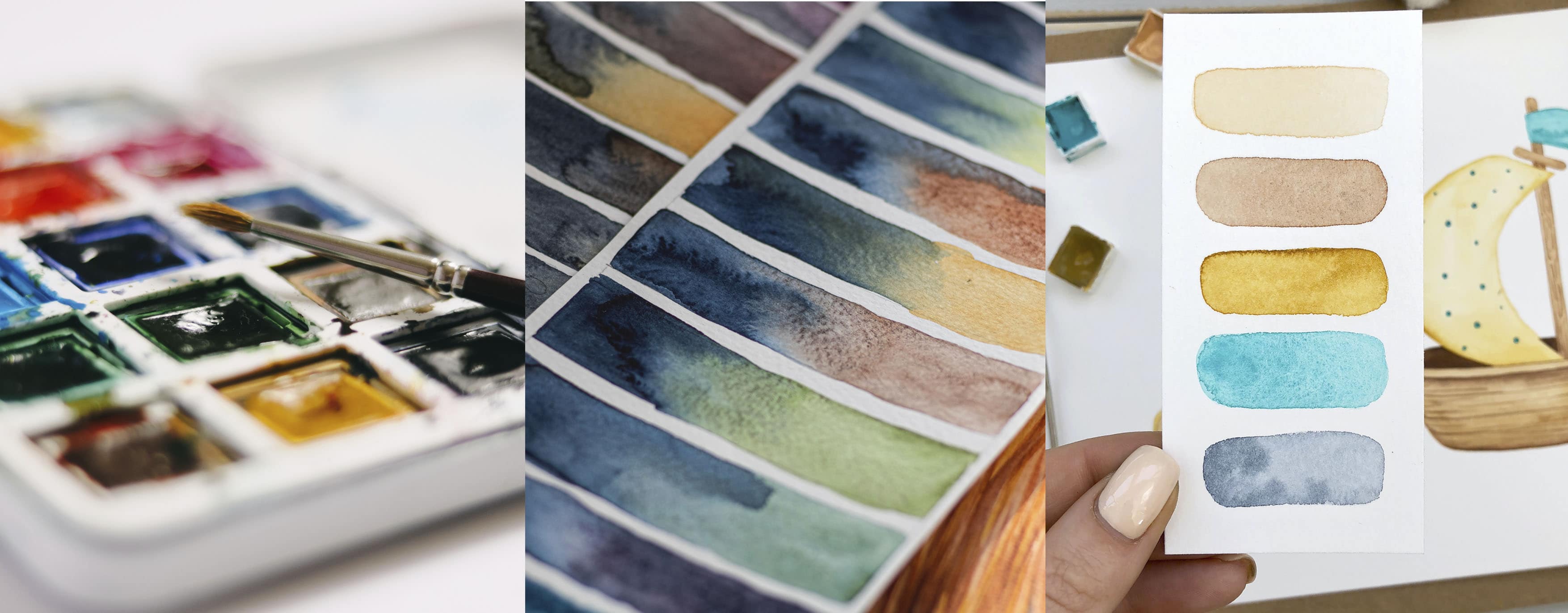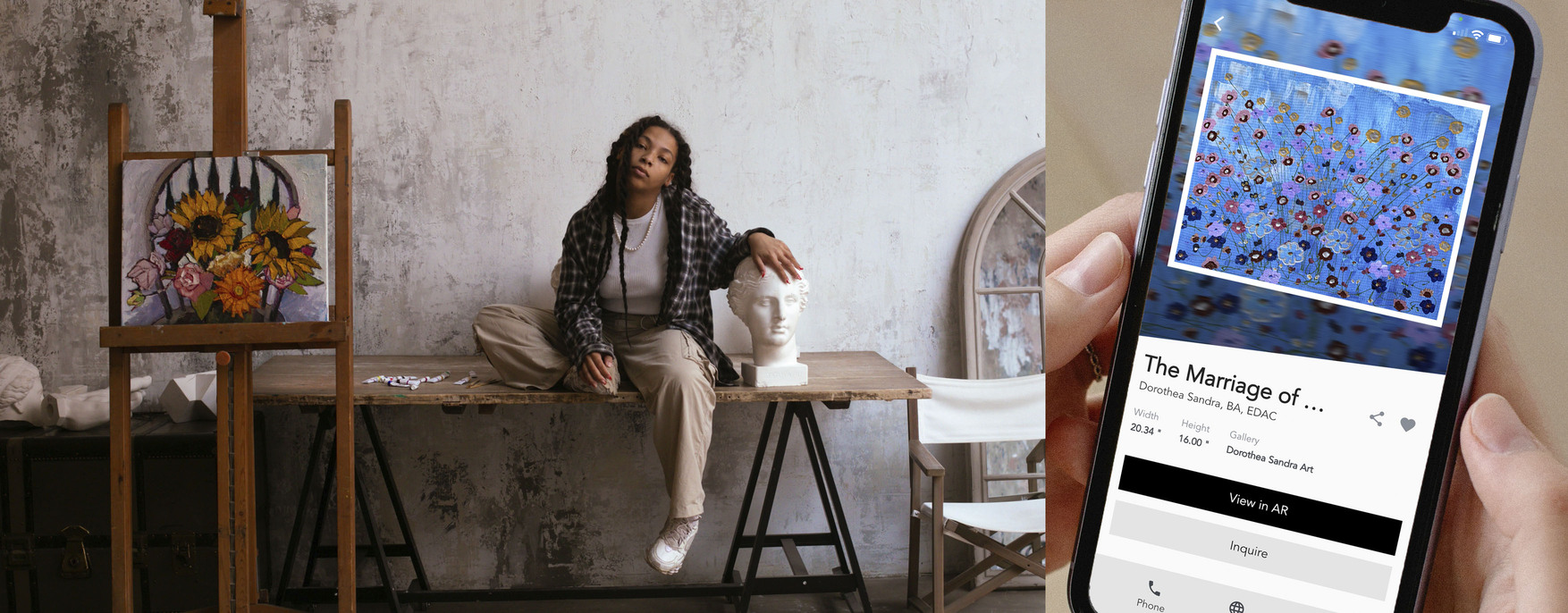Think about the things that make you unique: your background, your style, and the inner voice that intertwines between brushes and colors to bring a message to life in every piece you create. All those characteristics talk to a specific audience with similar interests: your art niche. Knowing who you are talking to can help you open doors in the art market.
Who are you and what do you do? The question might seem a bit philosophical if we are talking about online presence and how to market your art, but it is a key part of how you share your creations with the world and how your body of work can end up in front of the right eyes: customers, curators, gallerists, you name it.
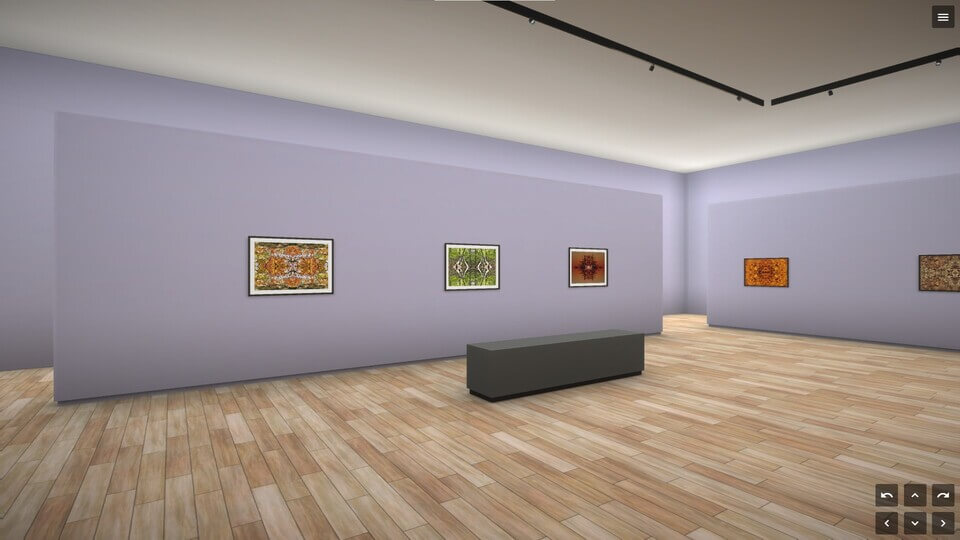
Abstract photography Virtual Exhibition “Carpets of symmetry” by @ministerofcsr.
Contents
What is an art niche?: A questionnaire for artists
A niche is either a “segment of the market for a particular product” or the object of desire of that particular segment, according to the Oxford Dictionary. If we take this marketing-related term and apply it to the art world, we could say that “niche art” is the type of art that appeals to a particular group of people interested in certain styles or themes. Your art niche can include everyone from colleagues to potential customers, and entering the conversation around the subjects that attract them can make your art more profitable.
But, how do you find that desired circle of people that seem eager to see and consume exactly what you do? As mentioned before, you need to define (and know) what you do and what makes it stand out in a sea of creators. Follow these steps to find your art niche:
First step: Question yourself
What is distinctive about your work? How can you define your art? Do you have a signature style? The questions will create a more narrow and accurate definition of your work, write down the answers and keep them in mind.
Second step: Define a theme
Take a look at your works and find the common subjects between all the pieces. Also, take note of the subjects that interest you and that you would like to portray.
Third step: Determine your medium
What do you use to create a piece? From the traditional canvas to digital software, everything has a use for a creative mind and also a market.
Fourth step: Create a concept for your art niche
Take your previous notes and make an “upgrade” to the description of your work. You can start with a particular piece aiming to describe what makes it unique and interesting. What once was only a “self-portrait acrylic painting” now might be defined as a “modern portrait acrylic painting in a small format that speaks about the effects of social isolation”, a rich description that can help others find what they’re looking for: your art.
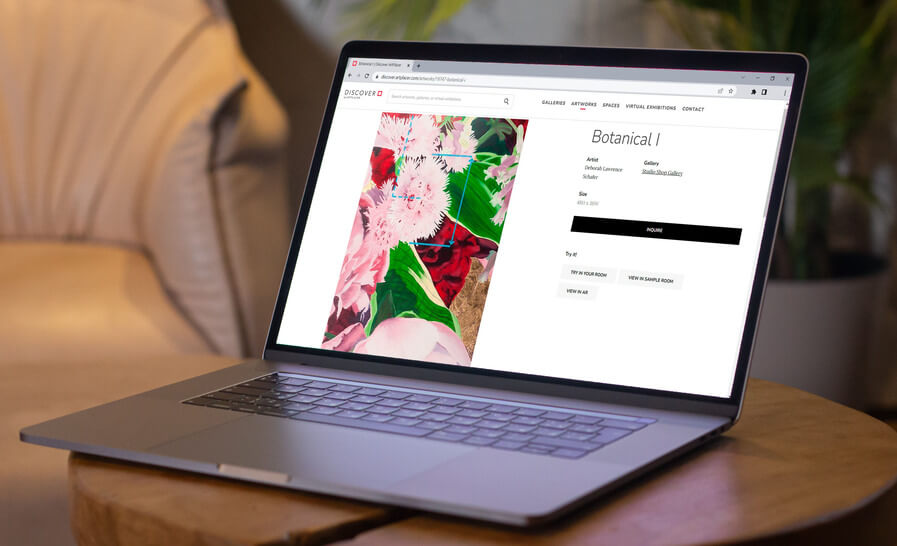
Botanical Art by Deborah Lawrence Schafer.
Well-known art niches and how to recognize them
Now that you know what an art niche is and which one is your particular niche, it will be easy to recognize other niches and see where you fit in the market, or if there is a particular opportunity to create your own space inside the art market with a distinctive perspective.
Portraits
A well-known niche that usually comes with lots of inquiries. If you specialize in portraits you might be interested in highlighting what makes yours special: is it your muse, your point of view, or your technique? This will help you find your ideal customer.
Landscape Art
Some artists have a talent for capturing the scenery. From the most realistic to the most abstract, landscape art can speak to a particular niche according to the used medium, format, and subject. Someone out there is looking for “coastal landscape art” and you might be the one creating it.
Botanical art
Fascinated by the organic shapes and colors of plants and flowers, those who create botanical art attract a large following. Not only is there endless inspiration, there is also an almost infinite way to capture nature.
Cultural Art
Connecting with their roots, highlighting their surroundings, or representing their background, artists working with cultural art not only speak to those who share the same culture but to anyone interested in it.
Abstract paintings
From big murals to small-format pieces, abstract art can take many forms (no pun intended) and speak to a vast audience: from connoisseurs to interior designers.
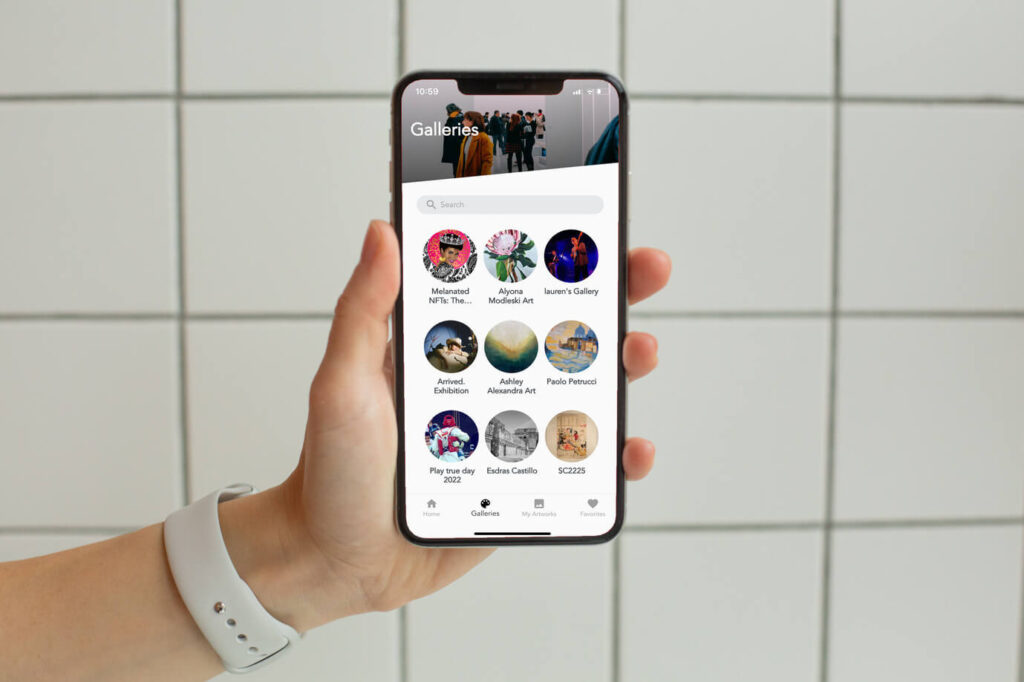
In-App ArtPlacer’s Discovery page.
Speak to your art niche
Fear might arise when phrases like “think about yourself as a brand” pop up, but there is something to learn from the marketing world: knowing your audience is key to catering to them. Once you recognize your niche or create your own, you can start communicating what you do in a more specific way and connect with like-minded people that can be potential clients or supporters.
This will help you a lot if you’re creating your “online persona”. If you have done the work to create a digital space for your art like a website or a Virtual Exhibition, you can boost its reach by aiming your efforts at the right audience.
If you are looking to expand your art business, ArtPlacer’s “Discover” page can be the tool to captivate potential clients that are already browsing around, looking for something to capture their attention.
There is a customer for everything, that special artwork someone is looking for can be something that started up as an idea in your mind. We know you are a talented artist, let people know what it is that you do and help them discover you.


